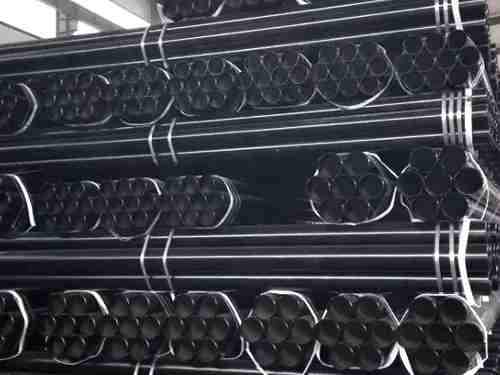The heat treatment processes of carbon steel plates, including annealing, normalizing, quenching, tempering, and surface heat treatment, are essential steps in enhancing the material’s properties for various applications. Each of these processes is designed to achieve specific goals depending on the type of steel, performance requirements, and the intended working environment. Selecting the right heat treatment process ensures that the steel plate performs optimally in its specific application.
Main Heat Treatment Processes for Carbon Steel Plates
- Annealing
Annealing is one of the most commonly used heat treatment processes. In this process, the steel plate is heated to a specific temperature, held for a set period, and then slowly cooled to room temperature. The main purposes of annealing include:
Stress relief: Reducing internal stresses from the manufacturing process.
Improving machinability: Enhancing the cutting performance of the steel.
Adjusting the internal structure: Achieving a more uniform and softer material.
- Normalizing
Normalizing involves heating the steel plate to a predetermined temperature, holding it for a while, and then allowing it to air cool. The goal of normalizing is primarily to:
Refine grain structure: Finer grains lead to improved mechanical properties.
Enhance strength and toughness: Normalizing results in improved strength and better overall toughness of the material.
- Quenching
Quenching is a process where the steel plate is heated to a high temperature, held for a period, and then rapidly cooled, usually in water or oil. The primary objectives of quenching are to:
Increase hardness: The rapid cooling significantly increases the hardness of the steel.
Improve strength and wear resistance: The steel becomes more resistant to wear, making it suitable for high-stress applications.
- Tempering
After quenching, the steel is often too brittle for practical use. Tempering is performed by reheating the quenched steel to a lower temperature and then cooling it slowly. The main purpose of tempering is to:
Reduce brittleness: It makes the steel less brittle and more ductile.
Improve toughness and plasticity: Enhancing the ability of the steel to withstand stress without fracturing.
- Surface Heat Treatment
Surface heat treatment involves applying heat to the surface of the steel plate while leaving the core relatively unaffected. Techniques such as high-frequency quenching, carburizing, and nitriding are commonly used. The benefits of surface heat treatment include:
Improved wear resistance: Surface hardening enhances the material’s ability to resist abrasion.
Enhanced corrosion resistance: It can improve the steel's resistance to rust and other forms of corrosion.
- Cold Treatment
Cold treatment involves cooling the steel plate to low temperatures to enhance its hardness and strength. This process is typically used after quenching to further stabilize the steel and refine its structure.
Want to learn more: Benefits of heat treatment for carbon steel plates

 English
English Español
Español











